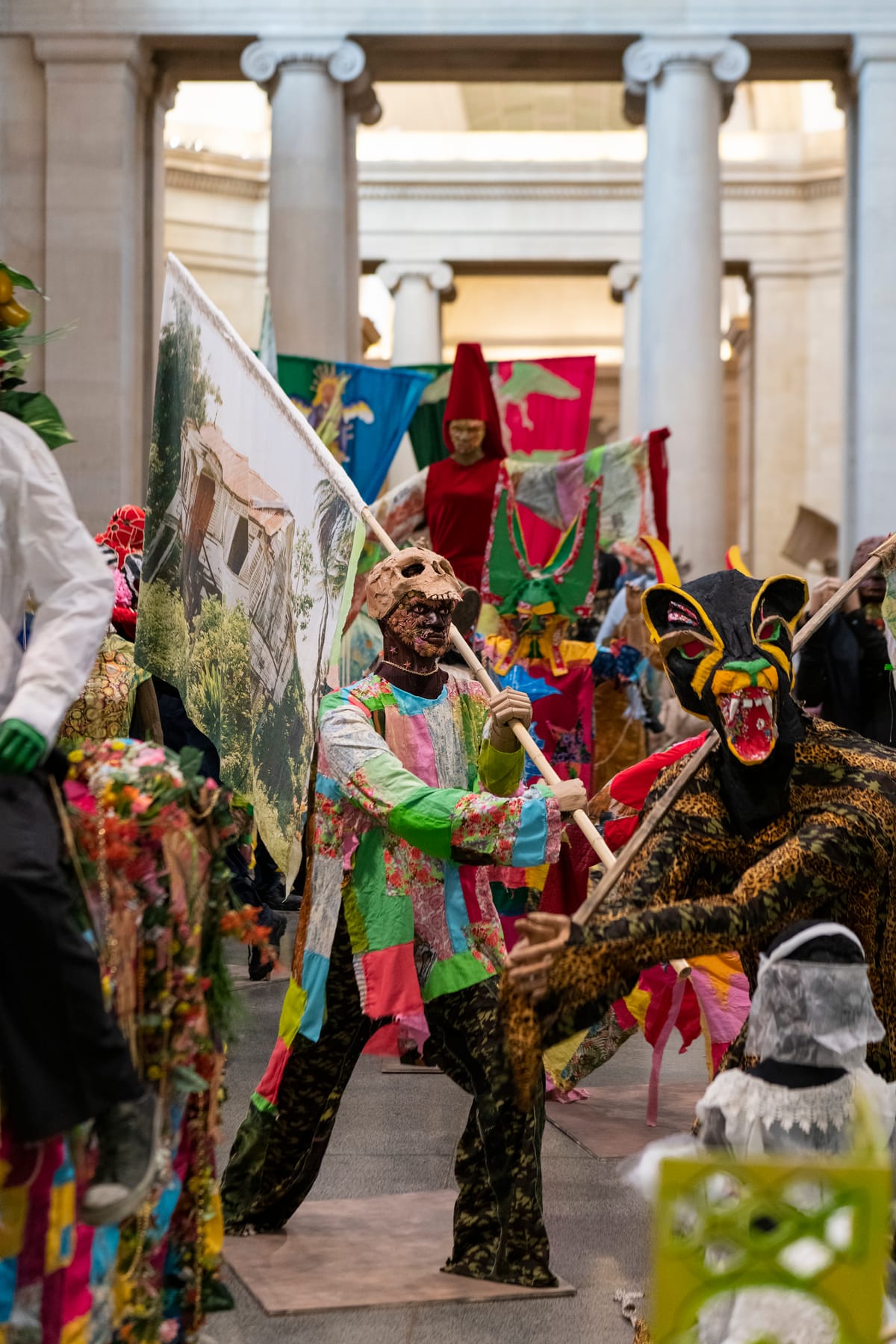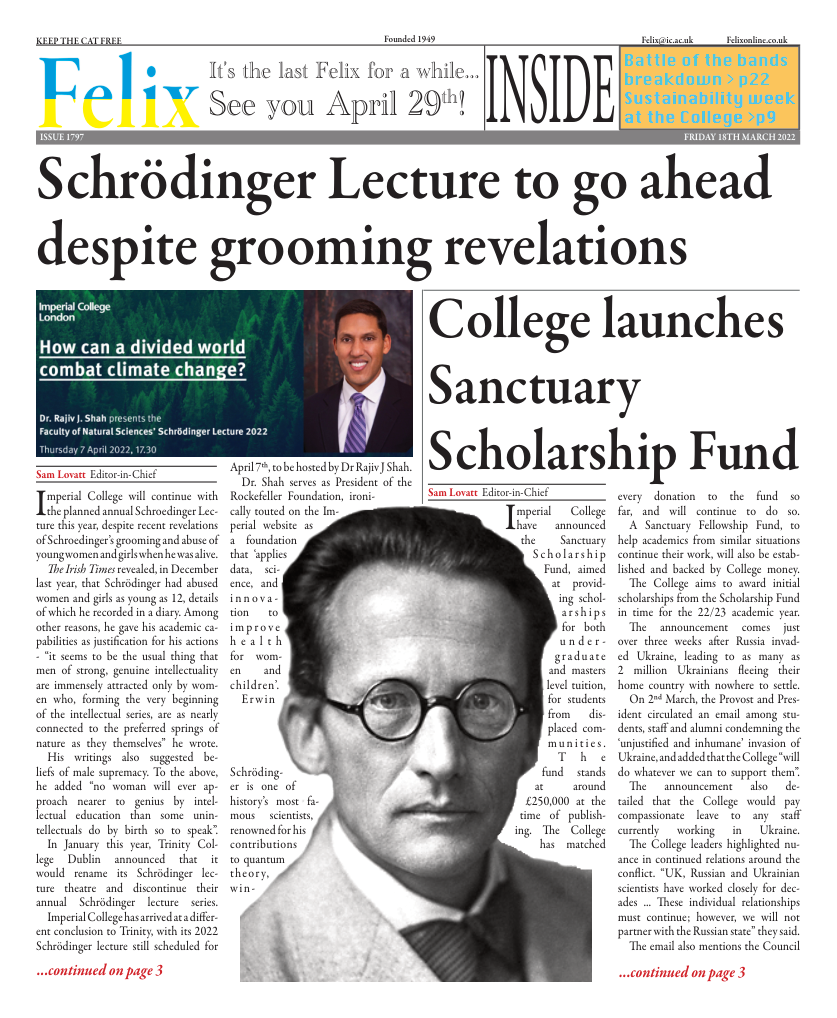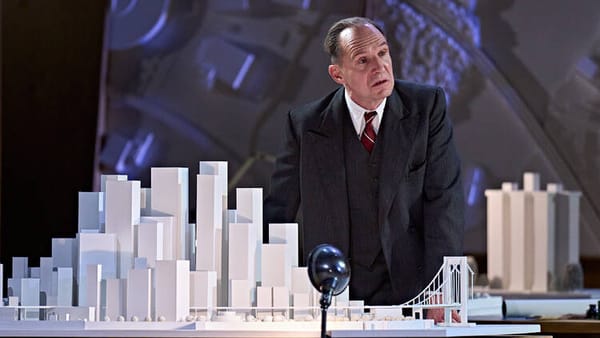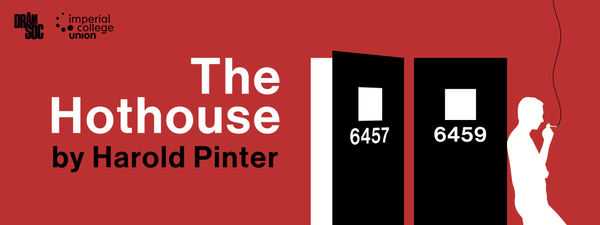The Procession: A Celebration of Narrative in Form
The Procession, envisaged for the Tate Britain by Hew Locke, the famed British Sculptor and Visual Artist as part of the Tate Commission 2022, is a parade of elements

The Procession
★★★★★
- What: Art Exhibition
- Where: Tate Britain
- When: Until 22nd January 2023
- Cost: Free
The Procession, envisaged for the Tate Britain by Hew Locke, the famed British Sculptor and Visual Artist as part of the Tate Commission 2022, is a parade of elements, each intricately designed and sculpted using thoughtful paraphernalia, wandering the halls of the gallery speaking to a much greater truth as an ensemble.
Resembling like something out of a Day of the Dead celebration, The Procession, a carnival of form with some 150 statues marches the thoroughfares of Tate Britain marking the whole the Duveen Galleries theirs, vehemently telling (and yelling) their story. The parade is nothing short of a dream sequence. With a perfectly balanced tone of horror and narrative, these life size figures meander through the gallery donning intricate masks and costumes, telling a poignant story of pain and anguish with an eye to the past and present events.
With obvious inspiration from Carnivals and the many west indies cultural influences, Hew Locke has managed to pack the procession with a lot of telling narratives. Upfront in the very first statue of the parade, we see contemporary narratives surrounding the Ukrainian crisis and Russian oil influence brought to surface with a child carrying a drum lined with a share certificate issued by the Russian General Oil Corporation from the 1900s. And as we progress through to the end, we see the emergence of similar narratives of regressed histories. Sugar plantations, shares of exploitative colonial enterprises (the West Indian Improvement corporation), caricatures donning lion medallions and battleship signina's and symbols shepherding people with ropes! We see signets of Winston Churchill and Stalin are marked on either side of the statue whose face is 'stamped’ with a colonial era commemoration coin. Paintings and photos of colonial past are fashioned as flags and textiles to be worn and carried by these statues as they wade through the very halls that house the original works.
While these elements, particularly those pertinent to colonial history have been common fodder of reflective exhibitions (especially over the last 2 years), what is different here is the subtlety and the nuance of the characters sketched. There is no screaming visage of a persona in chains nor is there a glowing archetype of a villainous western entity. Rather - the statues seek to present the confusing effect and weight of the trauma of these histories, steering well clear of judgement.
As I said, the procession contains some 150 statues, each constructed and presented in such a detailed and intricate manner, and the narratives told by them are aplenty, that to delve into each in the space of a 800-word essay is meaningless. This is not an exhibition to be taken in with one sitting. But perhaps the best way to savour it is to criss-cross the permanent exhibition galleries adoring the procession on either side and sampling it with some time to let these elements breathe.
The props and the dresses adorning these statues are all hand sewn and the statues themselves are fashioned out of simple materials like cardboards, Papier Mache, and repurposed plastics. Interestingly, despite the enormity of the emotional anguish being conveyed through these statues, we rarely see the true face of any one in this procession! Consistently behind masks and beads we see these statues largely as members whose identities have been done away with! Most of them are even dressed in bonds and shares, and have any individuality erased. This is not to say that the procession is muted, with identical caricatures walking a zombie land. The outcome is anything but that, with a large tapestry that echos a myriad of voices only spoken and presented with a juxtaposed voice.
Speaking to Elean Crippa (Senior Curator, Tate Britain) about the exhibition, Locke notes how he likes to see 'Time as non-linear and lingering'. By returning and reworking on his earlier work for The Procession, he has captured this feeling quite well in the exhibition. We can always feel the movement in these statues, frozen in frame with their passion and dynamism of action intact (that one would see in Bernini’s work).
There is some two hundred or more years of history depicted in this parade - spoken in simple truths. The halls of Tate Britain hold some of Britain’s famous and cherished work — and with this temporary exhibition there is an addition to these quarters, of a work of equal talent and vigour… trying to tell the confused stories that are oft missed in between the cracks. So go one afternoon and attempt to unpack it! Wade through the parade as you would in an actual carnival, taking in the fresh breath of perspective and narration — and walk out with a story or two to recount!









